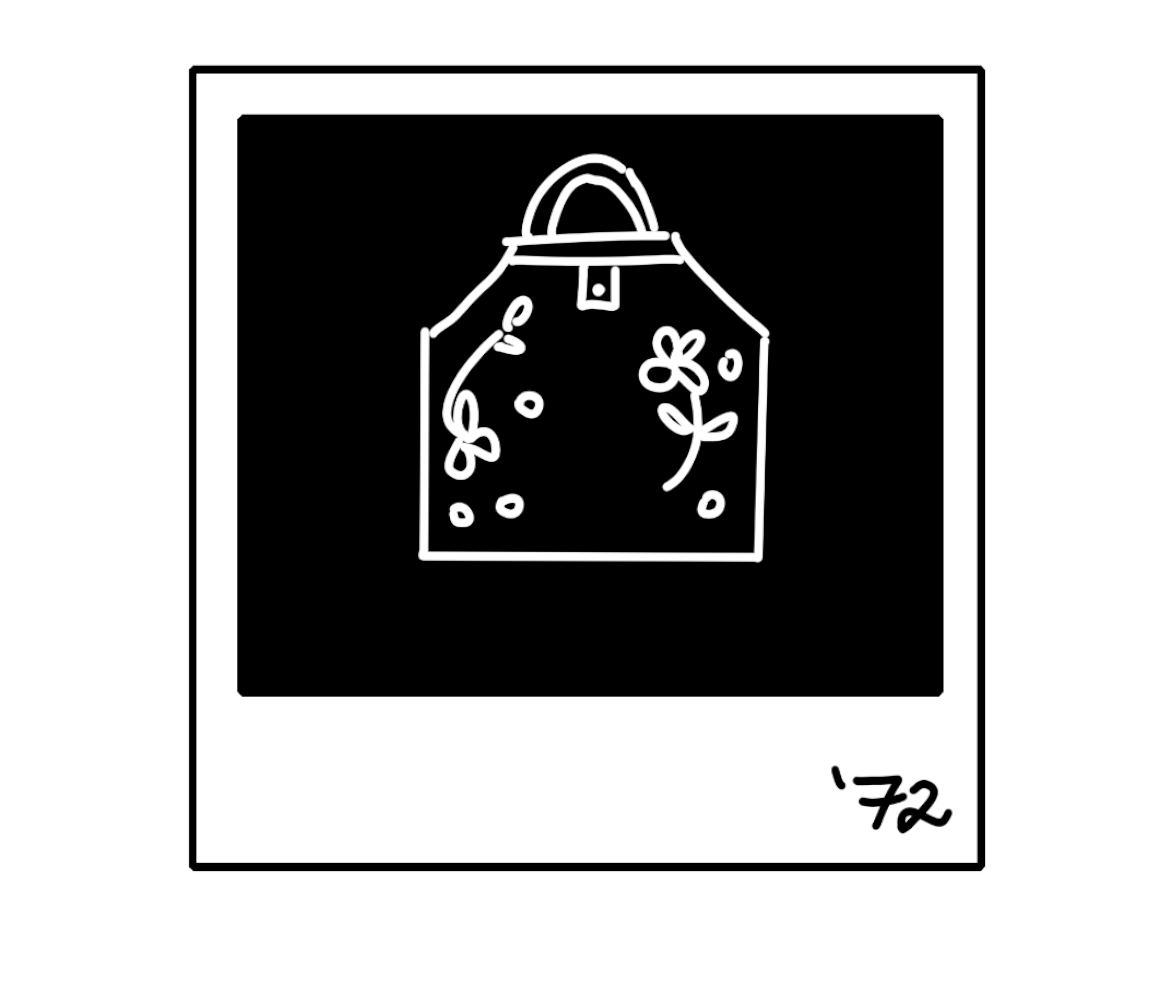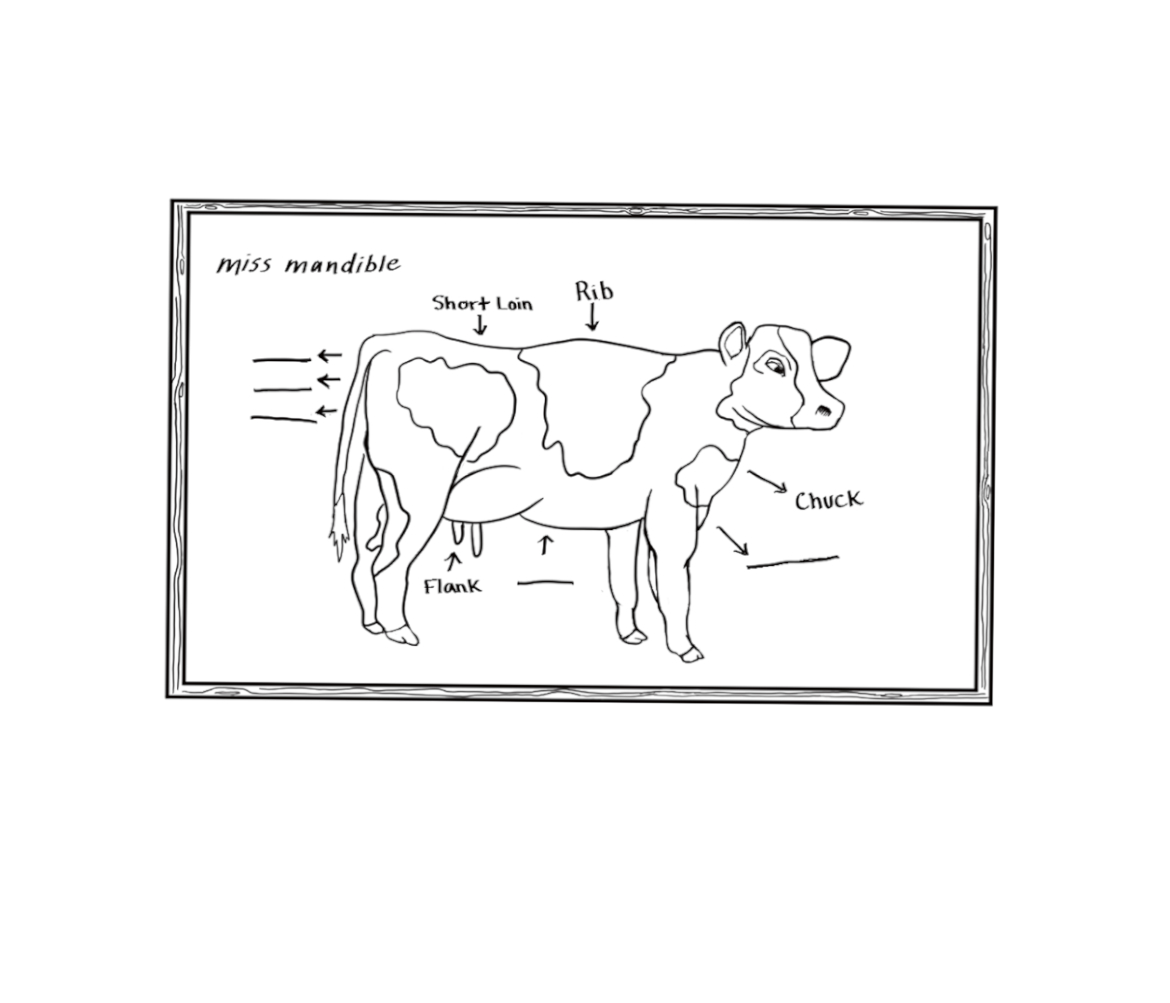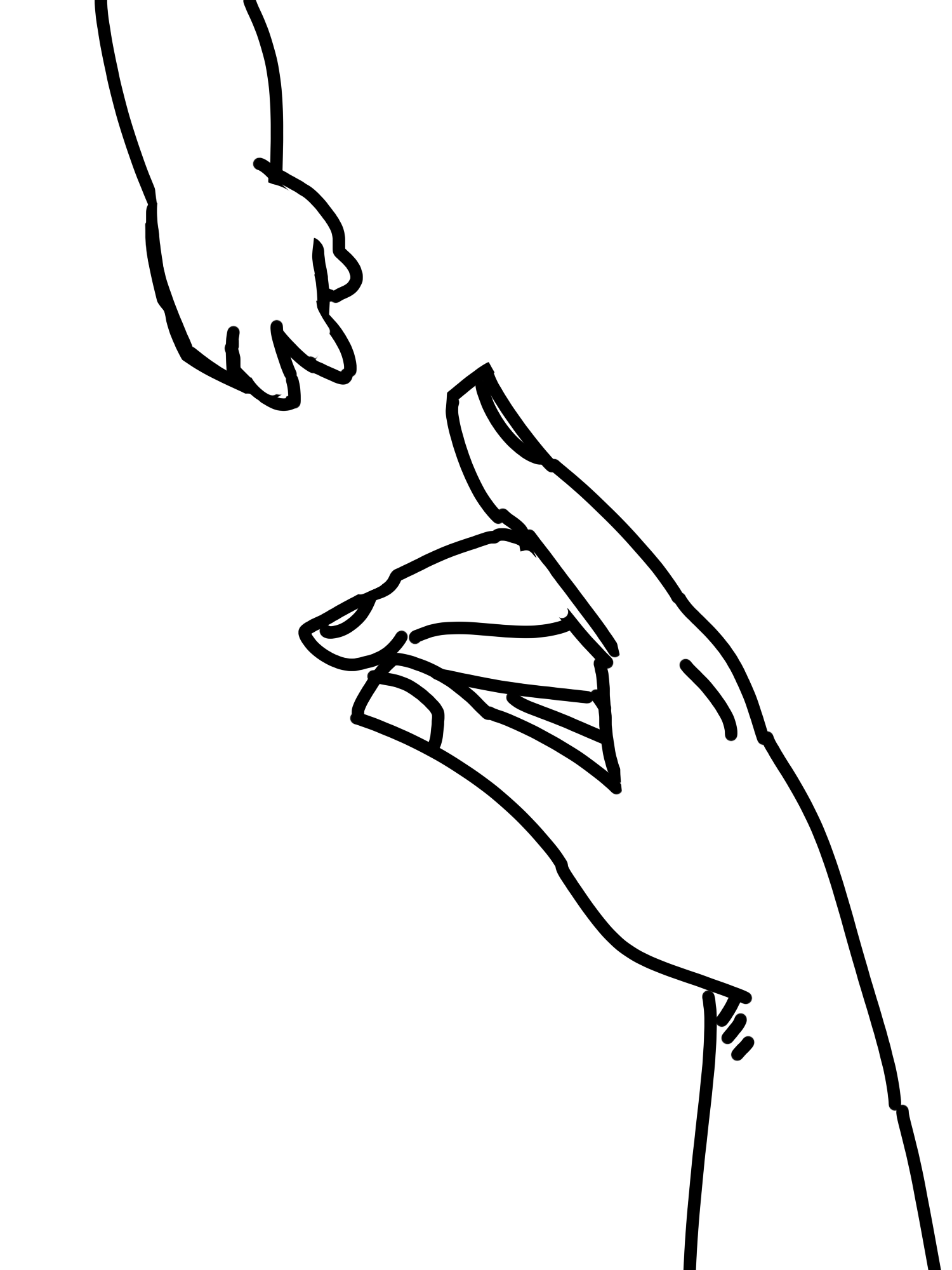This Piece Features a Content Warning
Mentions of Nazis and swastikas present.
If your father was in the military your family could expect to move every three years. We lived at six different addresses by the time I was 18. My father’s career started at Base Borden (north of Toronto); from there, we moved to London, Ontario; then to West Germany; to Ottawa, Ontario; back to West Germany; and finally back to Base Borden.
My memories of each of our homes are distinct and clear: the rooms, the people populating them, the furnishings. I can still describe the ornaments, the dishes, the carpets, and memorable events. The living room of our clapboard house on Maitland Street with the beige, nylon upholstered sofa and matching chair, the Singer sewing machine in a place of honour in the corner, the red Naugahyde ottoman with the hidden record storage inside. At our small brick bungalow on Trafalgar Street, we had two televisions, one on top of the other—one had sound and the other had a picture.
Our homes had outdoor clotheslines for wet laundry; driveways and parking spots for our Studebakers, Opel, Fiat, and Datsun; drapes and sheers and roller blinds and shutters; Kelvinator refrigerators; RCA televisions with rabbit ears; bunk beds, trundle beds, double beds, and cribs; and chrome kitchen tables with vinyl-covered matching chairs. There was a massive wall unit that reeked of my spilled patchouli oil for 40 years that held family photo albums, crystal, and French pottery. We felt rich, luxurious, and privileged when my mother purchased faux French provincial furniture and an elegant Queen Anne chair to replace the beige nylon living room furniture. I see it all…every piece of furniture, every carpet, lamp, fork, knife, spoon, and heavy aluminum pot—each with its own story of origin.
. . .
In 1965, my father’s infantry unit, the second battalion of The Royal Canadian Regiment (RCR), based in London, Ontario was chosen as one of the next groups of soldiers to rotate to West Germany to serve as part of Canada’s NATO forces. Families would accompany the soldiers for three–year postings. I recall feelings of excitement, anticipation, and dread at the news that our family would be pulling up stakes and moving. Dark dreams about Nazis and bloodred images of swastikas occupied my ten-year-old mind for weeks. My father didn’t help my uneasy feelings as he proudly explained what his job would be: protecting the people of West Germany from the Communists in the east.
We lived in Soest, a medieval, walled town in northern West Germany. The Canadians were housed in dull, three–story apartment buildings erected in the middle of farmers‘ fields on the outskirts of the city. Within two weeks of our arrival, we were woken in the middle of the night by loud sirens mounted on the sides of the apartment buildings. The sirens blared for several seconds to make sure everyone was awake, and then a loud voice yelled, “snowball, snowball, snowball.”
This went on for several minutes. My worst nightmares were being realized: surely “snowball” was code for “Communist.” In fact, it was an exercise (to be repeated many times during our stay) meant to wake up the soldiers and have them scramble to their bases (some of which were 15 kilometres away) in preparation for an invasion that thankfully never came. My father would quickly get ready and leave the apartment for his base, leaving me wide awake in my trundle bed wondering when I’d see him again. My young mind never wrapped itself around the concept of “exercise” (when the military would practise its response to various threats), and these exercises could be deadly, as I discovered the following year when my best friend’s stepfather died while on one of these “snowball” alerts.
Moving to West Germany was one of the highlights of our family history. On arrival,my father purchased a 1956 Opel station wagon from a soldier who was on his way back to Canada as a car to hold us until he found a newer one. He paid 200 Deutsche Marks, the equivalent of $50 Canadian at the time. This temporary purchase lasted our family three years and was driven all over Europe. Every weekend our parents would hustle us into the Opel and off we would go on an adventure. My father was always in a sport coat and tie, my mother dressed to the nines with a large purse looped over her arm. Her purse contained the family bible: Arthur Frommer’s Europe on $5 A Day. By the time we went home to Canada three years later, we had visited every historical site within 200 kilometres of Soest, and we had travelled to England, Holland, Belgium, Switzerland, Austria, Italy, France, and East Germany.
We lived in the middle of the Ruhr Valley, the largest industrial area of West Germany, and were never far from the vestiges of World War II, which had ended a mere 20 years before our arrival. German ingenuity and incredible hard work had restored the cities that had been devastated by repeated Allied bombings, and evidence of this was front and center in cities such as Dortmund and Hamburg, where new buildings stood shoulder to shoulder with ancient structures. This was especially notable in the postcards my mother brought back from a visit to East and West Berlin. Soest had been undamaged; however, the nearby Mohnesee Dam, which had been a repeated target of British bombers determined to shut off the water supply of this industrial area, was a fascinating place to visit. This massive dam was the subject of the movie The Dam Busters, which we watched many times. I never had the feeling of being a “tourist” when we visited these places. Thankfully, our parents refused to take us to the remnants of the concentration camps nearby that many other Canadians visited.
Soest was a treasure trove of coolness for a 10-year-old. Left to my own devices to explore, I spent endless hours on the wall (built in 1180) surrounding the old city. Walking across the farmer’s fields, the entrance gate to the city loomed largely, and we would start running as soon as it came into view. We were allowed unlimited access and climbed in and out of ancient cannon turrets; peered out of long, narrow windows high up in the tower; and ran on the wide pedestrian walkway along the top of the wall. The wall was perhaps four or five stories high, and seemed wide enough for cars; it became our shortcut to get to the public swimming pool, the dentist’s office, and the shops in the middle of town.
My father purchased a Super 8 movie camera and an Instamatic camera within weeks of our arrival. He became the custodian of our memories, starting a scrapbook of postcards chronicling our adventures. Our silent family movies are treasured heirlooms, despite my father’s terrible skills as a cameraman. My mother made everything happen and she was happy to stand by and observe when there were specific activities for the children, such as learning to ski at Berchtesgaden in the Bavarian Alps, or swimming like a family of otters in Lake Chiemsee after visiting a replica of Versailles built by Mad King Ludwig II. Memories of my mother standing on the side of the ski hill, knee–deep in fresh snow, with her large purse over her arm, come back to me and make me smile. She was not an athletic person at all, unlike my father, but she was ready and willing to make sure we had the opportunities. The purse, the subject of many family jokes, is ever–present in my memories of her. In a family photo taken in Salzburg, we are all dressed in salt miner outfits of white baggy pants, black shirts, round black miner caps, and the ubiquitous purse hanging on my mother’s arm. It resembled Mary Poppins’ bag, holding the necessary things like cigarettes, matches, passports, tissues, cash, Europe on $5 a Day, postcards, leftover stale buns that we hadn’t eaten at breakfast, and anything we decided we didn’t want to hold. A request of, “Mom, can you put this in your purse?” was usually followed by a long sigh, and an impatient hand thrust toward us.
My older sister and I were allowed to accompany our parents on trips without the two younger kids. On one memorable trip to England in the spring of 1967, we were treated to our first stage play (Agatha Christie’s Mousetrap), our first musical (Oliver!), Madame Tussaud’s Wax Museum (before it became a tacky tourist trap), the British Museum (where I saw the Magna Carta), and endless other sights. On a country bus trip, we visited Stratford-on-Avon, sat in a chair in Shakespeare’s house, and looked in amazement at the architectural wonder of the smooth thatched roof of Anne Hathaway’s cottage. The highlight of the trip for me was a visit to Carnaby Street, where my mother bought me fishnet stockings, an orange miniskirt, and a black turtleneck. How utterly hip and groovy was this? I was 11, the Beatles and Lulu were at the height of their popularity, and I could not wait to get home and show off my new outfit. My older sister, 14 years old, got a Burberry raincoat. To this day, the orange miniskirt and the Burberry coat are ageless symbols of two sisters’ differing fashion tastes. On our return to Soest, we repacked our suitcases and headed out for a car trip to Belgium.
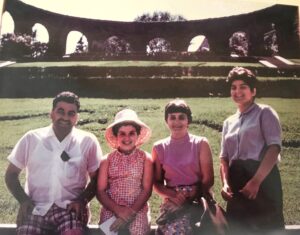
There is a photo taken in Genoa, Italy of my parents, my older sister, and me in the summer of 1967. We are sitting on a stone wall in front of a massive garden with ornate flowerbeds in the shape of Christopher Columbus’ ships: the Niña, the Pinta, and the Santa María. Details like these come easily to me because the trips we took while living in Germany are etched in my brain, permanently stored with my favourite memories. The trip to Italy was legendary in my mind. I recall most details of this trip; 55 years later, and I have re-created parts of that trip with my own children in tow. Each time we visit, I regale my fellow travellers with my memories and highlights. I remain forever grateful to and in awe of my parents for putting these opportunities in place for us.
The Italy trip was by luxury coach with a busload of American military and civilians. My sister and I were the only children. My mother’s patience was endless, as my sister and I were motion sick all the time, likely caused by cigarette smoke. When we weren’t sick on the bus, we were sick on the boat to Capri, or sick because we were served green lasagna noodles (coloured green by spinach). We saw all the highlights: Milan, Pisa, Rome, Naples, Venice, Pompeii, Sorrento, Capri, and more. We were allowed to do the excursions we wanted: in Rome, my sister chose to see the opera Aida at an open–air theater; I went to a private audience with the Pope at his summer residence at Castel Gondolfo; and my parents visited the Catacombs. This was the democratic way of travelling that worked well for our family. Many of the Americans had taken my sister and me under their wing, and when we expressed a desire to see things that interested us, my parents allowed us to do so, knowing we were well–supervised.
Before my excursion to see the Pope, my mother purchased a large handful of rosaries from the vendors in St. Peter’s Square, giving them to me with strict instructions to have them blessed for my Catholic aunts. Confused about the meaning of “getting something blessed,” my fellow bus travellers assured me that it was a painless procedure and put me at the front of the group when we gathered in the garden at Castel Gondolfo. Pope Paul VI passed along the group, offering blessings. I remember wondering if he would know that I was not Catholic, was never baptized, and only went to Church when it was my father’s turn to pass the collection plate. I was determined to get those rosaries blessed and did not want to fail in my mission. My shoulders were covered with a lace shawl, borrowed from one of the women on the trip, and my curly hair was covered with a scarf, a must in those days for women. Pope Paul VI stopped in front of me, put his hand lightly on my head, said something unintelligible, and moved down the line. I kept quiet until we were back on the bus, where I complained loudly to the tour guide that the Pope hadn’t blessed my rosaries. This garnered loud guffaws from everyone, confusing me. It was patiently explained that I got better than rosaries blessed; by resting his hand on my head, I got the deluxe package, a personal Papal blessing. My complaints were passed on to my parents, giving them fodder for another family memory that has been recounted, with guffaws, many, many times since.
We left Soest in August of 1968, when I was 13, and our family moved to Ottawa. Communism was on the rise, and I was thankful that we were out of what I thought of as the danger zone, close to the East German border. Martin Luther King Jr. and Bobby Kennedy had been assassinated, Jimi Hendrix was singing about getting high, Bobby Gimby’s “Canada” was still running around in my head, and the Prague Spring had ended with Russians invading Czechoslovakia. My passport declared me Canadian, but living in West Germany and digesting international news and culture made me feel like a citizen of another world. Being back in Ottawa felt “normal” in a way that I now find hard to describe. Four years later, in July of 1972, our family was on the way back to West Germany.
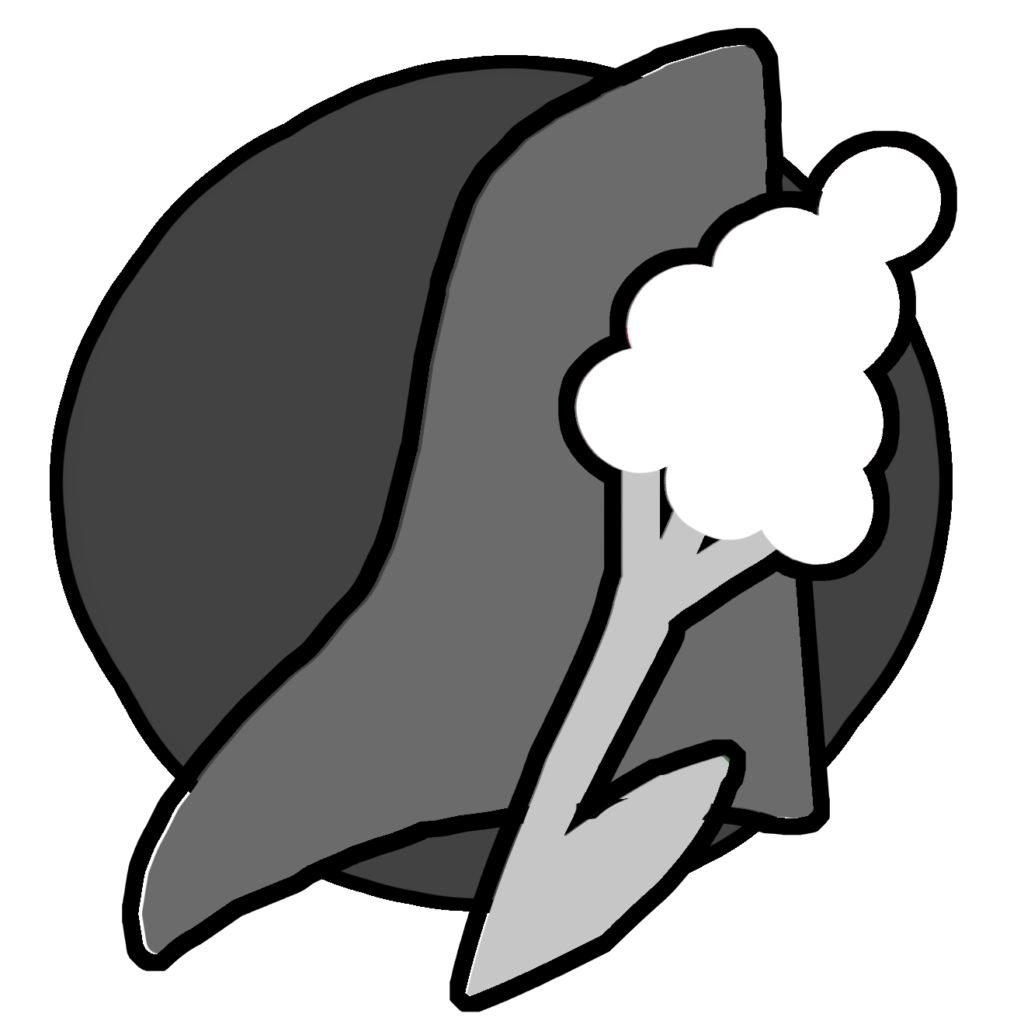
Rosemarie D’Amico is a fourth year English Literature major, who has a keen interest in creative writing. Rosemarie is coming to her university education later than most and is thoroughly enjoying the experience in her retirement.
